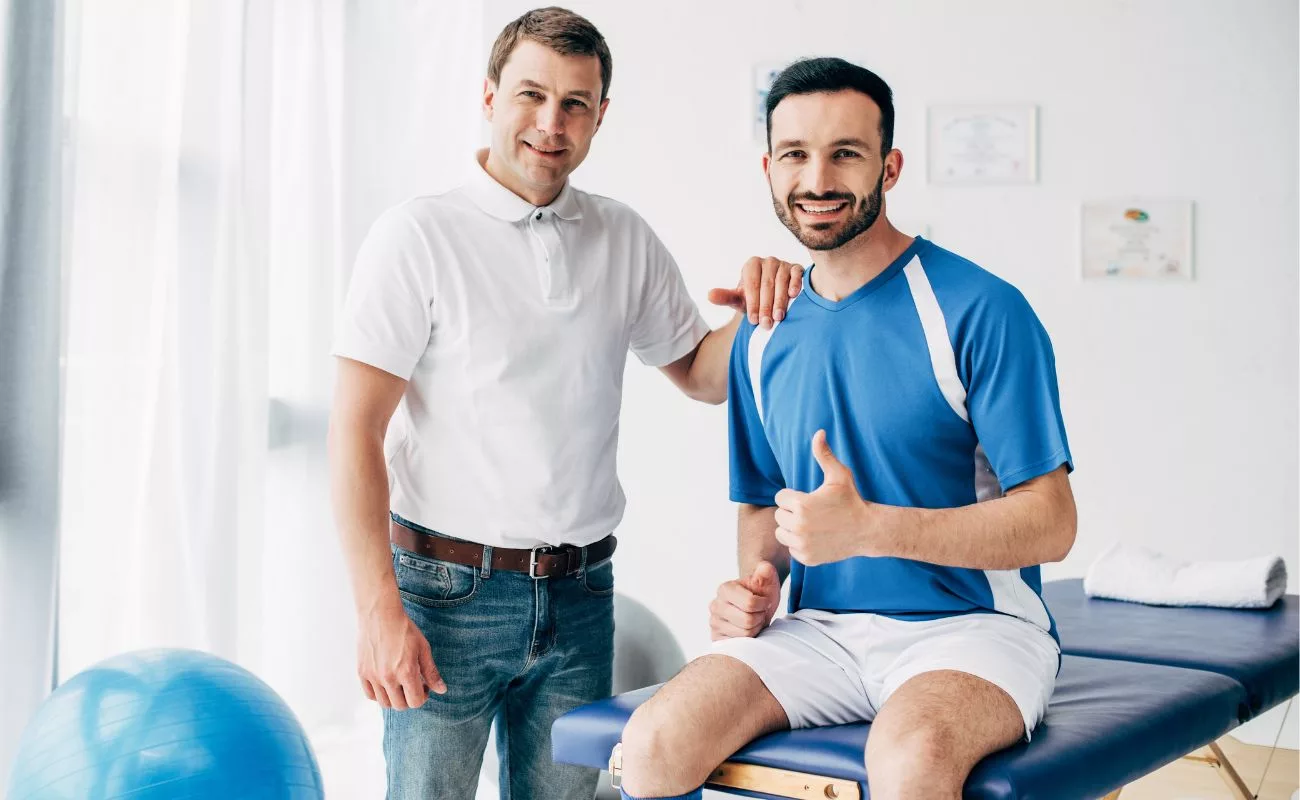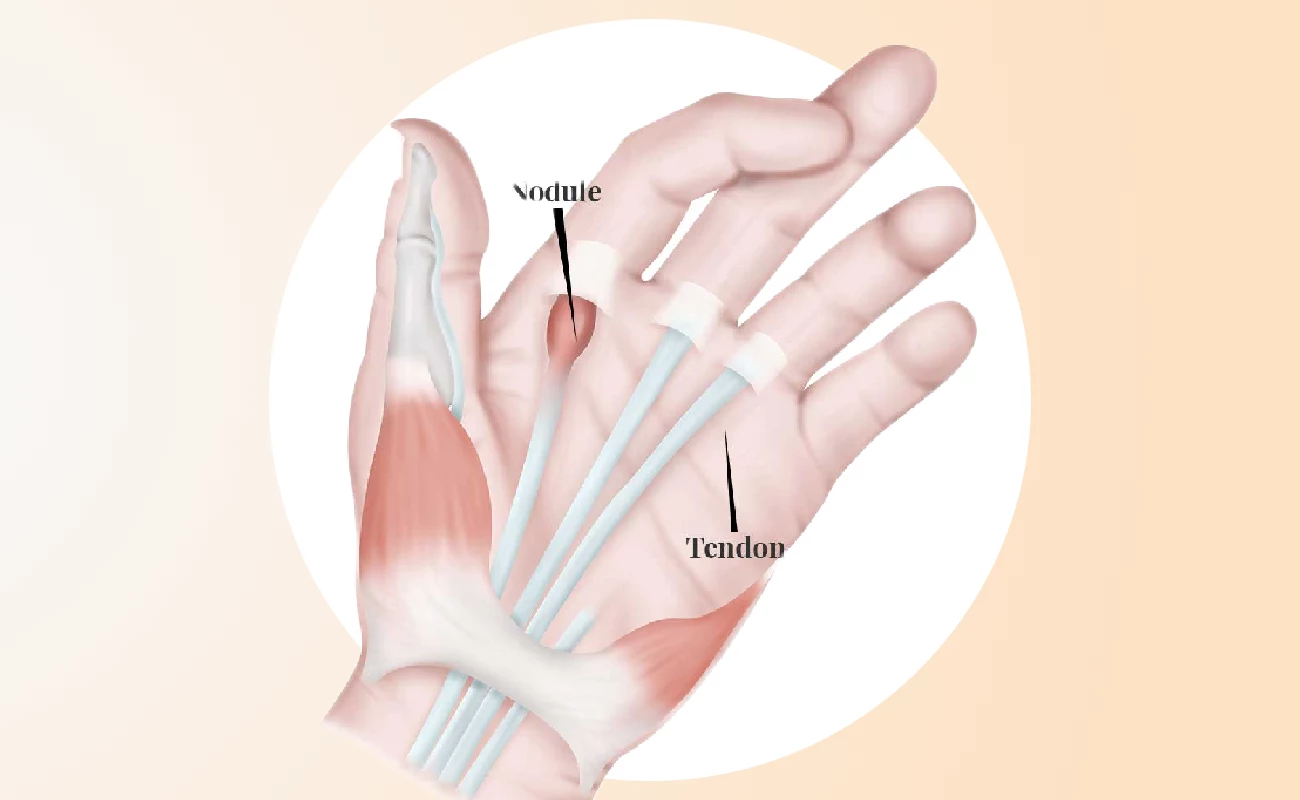
Low Back Pain Physiotherapy
Low Back Pain: The lumbar spine or the low back as most people know it by is a structure of bones joints, nerves, ligaments and muscles that all work cohesively to provide the body with support, movement, strength and flexibility. This structure is very susceptible to injuries and pain due to the amount of work it completes. The lumbar spine supports all the weight of the upper body and allows for bending and twisting movements. The muscles in the low back flex and rotate the hips. For example when we walk as well as support the spinal column. Nerves and Veins in the low back supply sensation and blood to the pelvis, legs and feet.
Acute Back Pain: This type of back pain normally occurs from injuries to the muscles, ligaments, joints or discs in the lower back. Also, when there is pain the body reacts to injury by an inflammatory response type of healing. Inflammation may seem minor but it can cause a severe amount of pain that can rend you immobile. The nerves supply many of the discs, muscles, ligaments and other spinal structures. This make it very difficult for the brain to identify what is the cause of your back pain. A disc that is degenerating may feel like a pulled muscle or vice versa. They both create the same inflammatory response and muscle spasm in that general area. To identify between a muscles and ligament injury over a torn disc is the time it takes to heal. This is because muscles and ligaments heal faster than a torn disc.
Symptoms:
The back pain symptoms range from mild and annoying or severe and completely debilitating. This type of pain can be sudden due to force. It can be coming an going or it can build up over time like completing repetitive motions. The symptoms are normally derived from the causes of pain which can vary.
– Pain that is dull or feels achy
– Stinging and burning that moves from the low back and shoots down into the posterior thigh. Sometimes it can be in the lower legs and feet (Sciatica)
– Muscle Spasms or tightness in the back, pelvis and hips
– Pain that worsens from prolonged sitting or standing
– Difficulty standing, walking, bending or moving from seated or lying to standing Subacute Back Pain
A pain that lasts 6 weeks to 3 months this is typically a muscle strain or joint pain that is prolonged seeking physical therapy may be the best option as this pain can get progressively worse if you continue with your everyday activities.
Chronic Back Pain: Lower back pain that is consistent for over 3 month and it is normally severe and sometimes initial physical treatments may not work which means you will need to visit your physical therapist more often to determine the root cause of the back pain and begin changing lifestyle habits as well as strengthening the lower back.
Types:
Mechanical Pain – The most common cause of lower back pain this is pain occurring in the muscles, joints, bones and ligaments in and around the spine. This pain is localized in the buttocks, lower back and sometimes the legs normally when you begin loading the spine and can vary based on movements, activity, sitting, standing or resting.
Radicular Pain – Occurs at a spinal nerve root when it becomes impinged or inflamed. This pain follows a root pattern or dermatome into the buttock or leg. This sensation you will feel is burning, shooting, sharp or electric pain followed by numbness or instability. It is commonly felt on one side of the body.
Other Pains – There are other causes of pain which includes stenosis, myelopathic pain, neuropathic pain, tumors, infections, autoimmune diseases like rheumatoid arthritis and pain that originates in the low back (kidney stones or ulcers). Low back pain can also occur with no cause and focusing on treatment becomes the main priority.
Read this article also to know more about the types of lower back pain.
Treating Lower Back Pain
Rest Periods – Strenuous activities can be taxing on the lower back there are many ways in which you can reduce them and taking frequent rest breaks can help.
Modifying the Activities – Avoid positions that aggravate the pain; for example, sitting in the car for long periods, if standing makes the pain worse then avoid doing chores on your feet. Modifying the activities or positions that worsen pain will allow for better healing time.
Heat and Ice Therapy – Heat from any source can help improve blood flow and relax tense muscles. When we increase blood flow it supplies the area with nutrients and oxygen to the muscles that are in most need of healing. Icing would occur when back pain is due to an inflammatory response to reduce the swelling in the area you must make sure that you protect your skin when applying heat and ice to prevent soft tissue damage.
Posture Control – Probably one of the most important factors to reducing pain that is overlooked is changing your posture and knowing the correct posture to sit, stand, lift and lower objects. When sitting and standing the correct posture is to sit and stand up straight with the shoulders back and the head up straight. When lifting and lowering it is important to use your leg power to go into a proper squatting position to lift and lower while keeping your spine and neck in a neutral position. There are also certain types of machines in the workplace that can assist you the worker so you do not strain any muscles. Along with the machines there are posture correction accessories that can be bought, worn and sat in to, to reduce any pains from incorrect postures.
Exercises and Stretches to Relieve Low Back Pain
If you are completing a physical therapy regimen the therapist will ask you to complete a number of stretches to alleviate back pain and once that is comfortable it will be followed by strengthening exercises. Why Stretch? Stretching reduces tension in muscles, improves range of motion and reduces the risk of disability. If your muscles are tense it can also cause more back pain conditions.
– Back Flexion Stretches
– Cobra (Back Extensions)
– Prone Hip Extensions
– Forward Kneeling Lunge
– Piriformis Stretch (Figure 4 Stretch)
– Knee to Chest (Lying supine or standing)
– Childs Pose
Strengthening exercises are just as important as stretching once you are comfortable and able to complete stretches with confidence it is time to move into strengthening exercises. Strengthening builds the muscles and supports the structures which in turn will relieve lower back pain. These muscles that you are strengthening are known as your core muscles.
– Bird Dogs
– Prone Extension Exercises
– Wall Squats
– Double Leg Raises
– Glute Bridge Holds or Dips
– Seated Leg Extensions
– V – Sits
– Superman
Immediate help for Low Back Pain through Physiotherapy:
Are you suffering from chronic low back pain? Particularly near hip and lower part of spine? Did you suffer a broken back?
If you are looking for lower back pain treatment Mississauga or Oakville, you have come to the right place! Your experts here work extra hard so that we can earn your trust as Your best low back pain treatment center in Mississauga and Oakville. Our therapy experts are highly trained and experienced in providing a range of treatments from Spinal Traction, Spinal Balance, Low Back Decompression, Neck Decompression Therapy, Hip Traction, to Spinal Flush Massage. Curezone Physiotherapy’s clinics are equipped with advanced traction treatment including cutting-edge Spine Decompression Traction tables, hip traction belts, neck traction devices, and braces for curved spine, and spinal decompressors to get you low back pain relief at one of our Mississauga and Oakville Decompression Therapy clinics.
We welcome you to click below to book an appointment with one of our expert physiotherapists.
Low Back Pain Clinic, Mississauga:
Physiotherapy Clinic Mississauga – Curezone Physiotherapy, Heartland Mississauga.
Physiotherapy Clinic Erin Mills – Curezone Physiotherapy, Erin Mills Mississauga.
Low Back Pain Clinic, Oakville:
Physiotherapy Clinic Oakville – Curezone Physiotherapy, Burloak Oakville.




